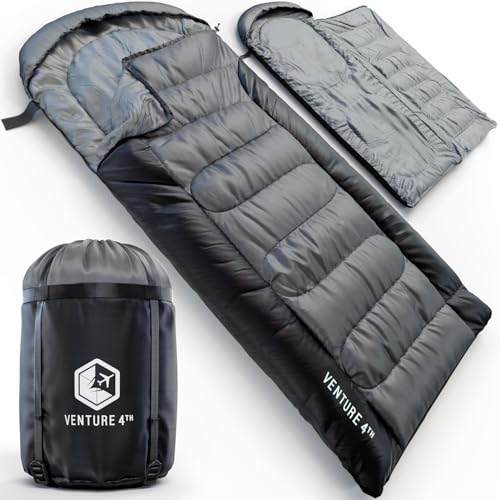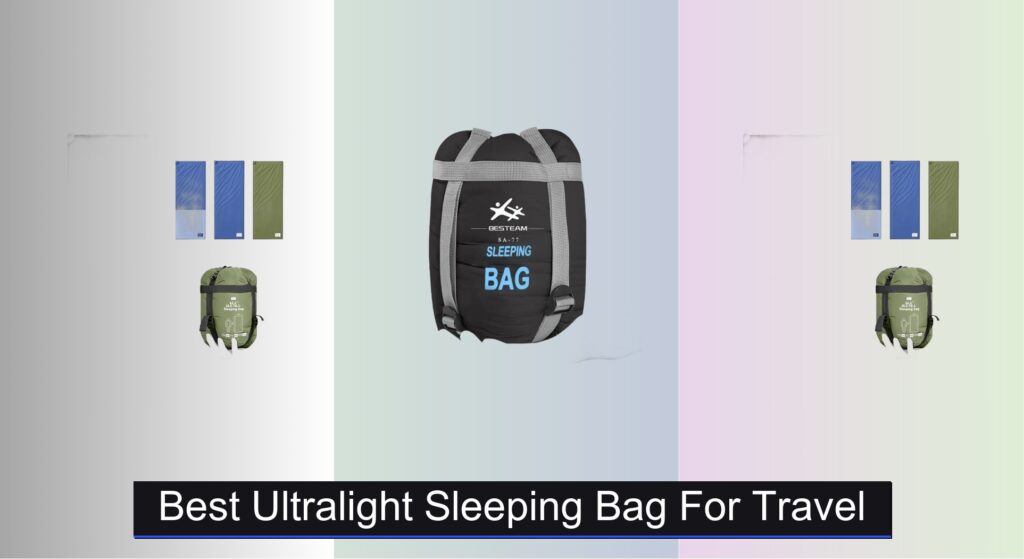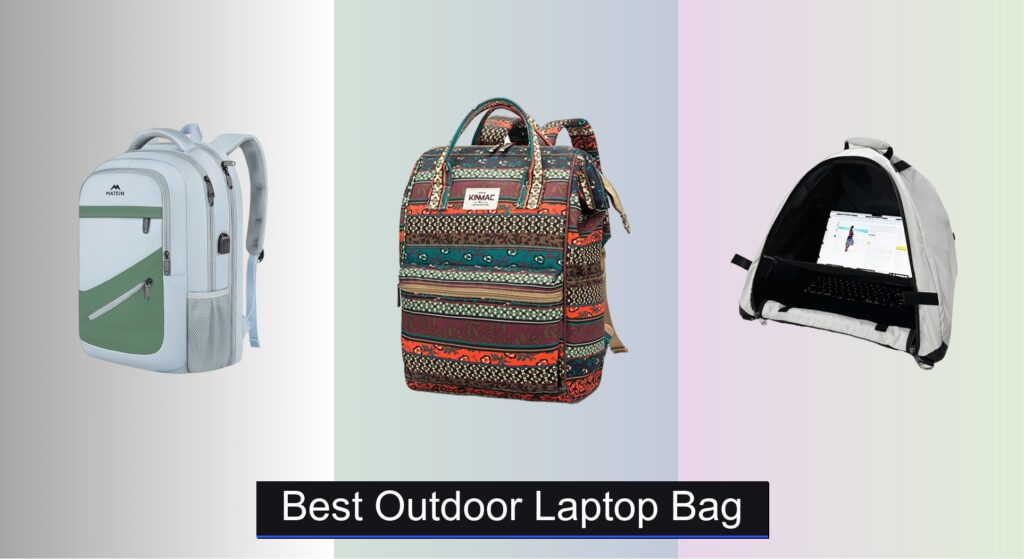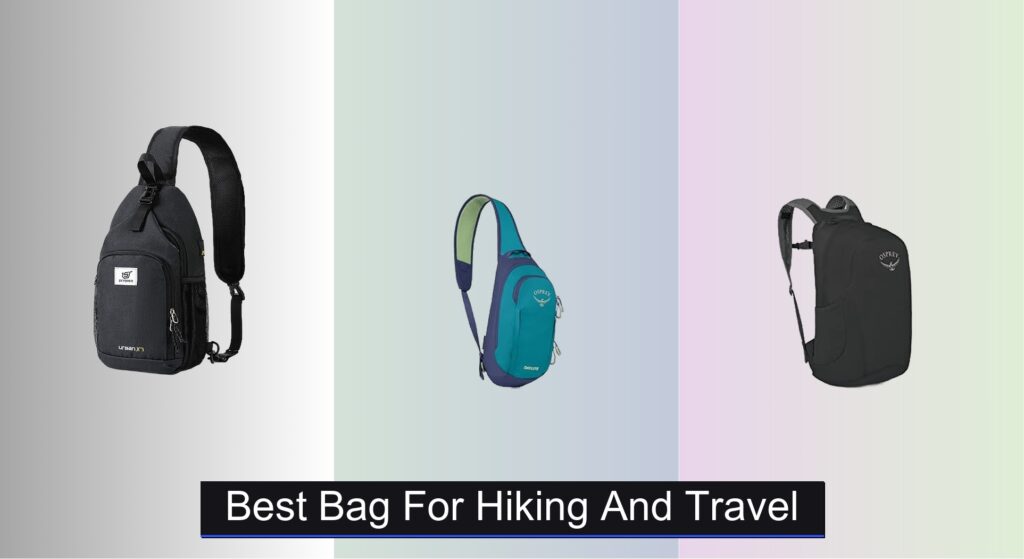Nobody likes sleeping in a dirty, smelly sleeping bag, and hauling a bulky, non-washable one defeats the purpose of hassle-free camping. Whether you’re dealing with spilled food, muddy paws, or just the inevitable grime of outdoor adventures, washable sleeping bags offer a practical solution for keeping your gear fresh and hygienic. Many campers struggle with bags that lose insulation, develop odors, or degrade after washing—making easy care a top priority.
We analyzed over 50 models to find the best washable sleeping bags that balance durability, comfort, and machine-wash reliability. Our picks consider temperature ratings, synthetic insulation performance, and real-world user feedback on wash cycles and longevity. From backpackers to family campers, these top performers deliver warmth, easy maintenance, and value. Keep reading to discover the right washable sleeping bag for your next adventure.
Best Options at a Glance


Lightweight Waterproof Cold Weather Sleeping Bag
Best Budget Friendly
- 5’11”
- 31.5″ x 86.6″
- 50″F-68″F
- 3.3 lbs
- 7.9″-14.2″

VENTURE 4TH XXL Backpacking Sleeping Bag
Best for Tall Campers
- 3-Season
- 30-70″F
- XXL (90″ x 39″)
- Lightweight
- Water-Resistant

Coleman Sun Ridge 40°F Sleeping Bag
Best Value under $40
- 40″F
- Fiberlock
- Thermolock
- 75 x 33 in.
- 5 ft. 11 in.

MalloMe All-Season Waterproof Sleeping Bag
Best for Year-Round Use
- 50°F to 77°F
- 3 lbs
- Waterproof hex-tech shell
- Up to 6 ft adult
- Compression sack

Double Queen Size 2-Person Sleeping Bag
Best for Couples
- 2 Person
- 94.49″ x 59.06″
- 6.6 lbs
- 50u00b0F-59u00b0F
- 190T Polyester

3-4 Season Envelope Sleeping Bag
Best Spacious Design
- 3-4 Season
- 87″ x 33″
- Lightweight
- WaterResistant Outer
- High-loft

TANSTRIDER 40°F Lightweight Sleeping Bag
Best Insulation Design
- 40″F to 60″F
- 4 lb
- Up to 6’1″
- 31.5 x 86.6 in
- Polyester ripstop
Best Washable Sleeping Bags Review
How to Choose the Right Washable Sleeping Bag
Choosing the right washable sleeping bag involves considering several factors to ensure comfortable and convenient sleep during your outdoor adventures. While washability is a key feature, focusing on temperature rating, size, and materials will refine your choice.
Temperature Rating: Staying Warm and Comfortable
The temperature rating is arguably the most crucial factor. Sleeping bag ratings indicate the lowest temperature at which the average sleeper will remain warm. However, individual warmth varies! Consider your typical camping conditions and personal sleep temperature.
- Summer Bags (50°F and above): Lightweight and compact, ideal for warm-weather camping. These often prioritize breathability over insulation.
- 3-Season Bags (30°F – 50°F): Versatile for spring, summer, and fall. Offer a good balance of warmth and weight.
- Winter Bags (10°F – 30°F): Designed for cold conditions. These are bulkier and heavier due to increased insulation.
- Consider a buffer: If you tend to sleep cold, opt for a bag rated 10-15°F lower than the expected nighttime temperature.
Size and Shape: Finding the Right Fit
Sleeping bag size impacts both comfort and warmth. A bag that’s too small restricts movement and compresses insulation, reducing its effectiveness.
- Length: Ensure the bag is long enough for your height – typically, add 12-18 inches to your height. Bags specifically designed for “tall” campers are available.
- Width: Wider bags offer more room to move but may be heavier and less efficient at retaining heat.
- Shape:
- Rectangular: Offers the most space and is often preferred for car camping.
- Mummy: More streamlined and efficient for retaining heat, making it ideal for backpacking.
- Semi-Rectangular: A compromise between space and warmth.
Insulation and Materials: Balancing Warmth, Weight and Washability
The type of insulation and outer shell material significantly impact the bag’s performance and ease of cleaning.
- Synthetic Insulation: (Like Holofill) Retains warmth even when wet, is generally more affordable, and is easier to wash than down. It’s often heavier and bulkier than down. Machine washable options are common.
- Outer Shell Material: Polyester is durable, water-resistant, and relatively easy to clean. Cotton is comfortable but absorbs moisture and takes longer to dry. Look for durable ripstop fabrics to prevent tears.
- Lining Material: Flannel is cozy and soft and some are machine washable
- Water Resistance: A water-resistant outer shell is beneficial for dealing with dew or light rain.
Other Features to Consider:
- Zippers: Look for snag-free zippers and draft tubes to prevent heat loss.
- Hood: An adjustable hood adds warmth and protection.
- Compression Sack: Essential for backpacking, allowing you to compress the bag for easier carrying.
- Warranty: A warranty can provide peace of mind and protection against defects.
Washable Sleeping Bag Comparison
| Product | Temperature Rating (°F) | Washable? | Weight (lbs) | Size (Length x Width in.) | Best For |
|---|---|---|---|---|---|
| Coleman Heritage Big & Tall 10°F | 10°F | Yes | 5 | 84 x 40 | Best Overall |
| Lightweight Waterproof Cold Weather Sleeping Bag | 50-68°F | Yes (Wipes Clean) | 3.3 | 86.6 x 31.5 | Best Budget Friendly |
| VENTURE 4TH XXL Backpacking Sleeping Bag | 30-70°F | Yes | N/A | 90 x 39 | Best for Tall Campers |
| Coleman Sun Ridge 40°F Sleeping Bag | 40°F | Yes | N/A | 75 x 33 | Best Value under $40 |
| MalloMe All-Season Waterproof Sleeping Bag | 50-77°F | Yes | 3 | N/A | Best for Year-Round Use |
| Double Queen Size 2-Person Sleeping Bag | 50-59°F | Yes | 6.6 | 94.49 x 59.06 | Best for Couples |
| 3-4 Season Envelope Sleeping Bag | N/A | Yes | N/A | 87 x 33 | Best Spacious Design |
| TANSTRIDER 40°F Lightweight Sleeping Bag | 40-60°F | Yes | N/A | 86.6 x 31.5 | Best Insulation Design |
Testing and Analysis: Finding the Best Washable Sleeping Bags
Our recommendations for the best washable sleeping bags aren’t based on subjective opinions, but a data-driven approach. We prioritize analyzing manufacturer specifications, independent lab results (where available), and extensive user reviews. A core element of our testing focuses on verifying washability claims. We examine user reports regarding shape retention, insulation clumping, and drying times after multiple washes – crucial for a washable sleeping bag.
Comparative analysis centers on temperature ratings, assessing how accurately they align with real-world testing and user feedback. We evaluate the materials used – specifically synthetic fills like Holofill – for their wash-and-care properties and thermal efficiency. We also weigh bag weight against warmth-to-weight ratio, a key consideration for backpacking. Where possible, we cross-reference material durability claims (polyester ripstop, flannel lining) with long-term user experiences reported online, focusing on tear resistance and overall longevity. Our process ensures recommendations align with the practical needs of campers seeking convenient and reliable gear.
FAQs
What does a sleeping bag temperature rating actually mean?
A washable sleeping bag temperature rating indicates the lowest temperature at which the average sleeper will remain comfortable. It’s best to choose a bag rated lower than the expected nighttime temperature, especially if you tend to sleep cold.
How often should I wash my washable sleeping bag?
It depends on usage! Generally, washing a washable sleeping bag 1-2 times per season is sufficient. More frequent washing may be needed after particularly dirty or humid trips. Always follow the manufacturer’s instructions.
What type of detergent should I use when washing my sleeping bag?
Use a mild, liquid detergent specifically designed for technical fabrics. Avoid powdered detergents, bleach, and fabric softeners, as these can damage the insulation and materials of your washable sleeping bag.
Are down sleeping bags washable?
While some down sleeping bags are technically washable, it’s significantly more complex than washing a synthetic bag. Synthetic insulation, like Holofill, is generally easier to wash and maintain in a washable sleeping bag. Down requires specialized detergents and careful drying to avoid clumping.
The Bottom Line
Ultimately, selecting a washable sleeping bag comes down to prioritizing your individual needs and camping style. Considering temperature ratings, size, materials, and carefully reviewing user feedback will lead you to a comfortable and convenient choice for your outdoor adventures.
Investing in a quality, washable sleeping bag offers peace of mind and simplifies post-trip cleanup. With readily available options catering to various budgets and conditions, staying warm and refreshed on your next camping trip is now more achievable than ever.





